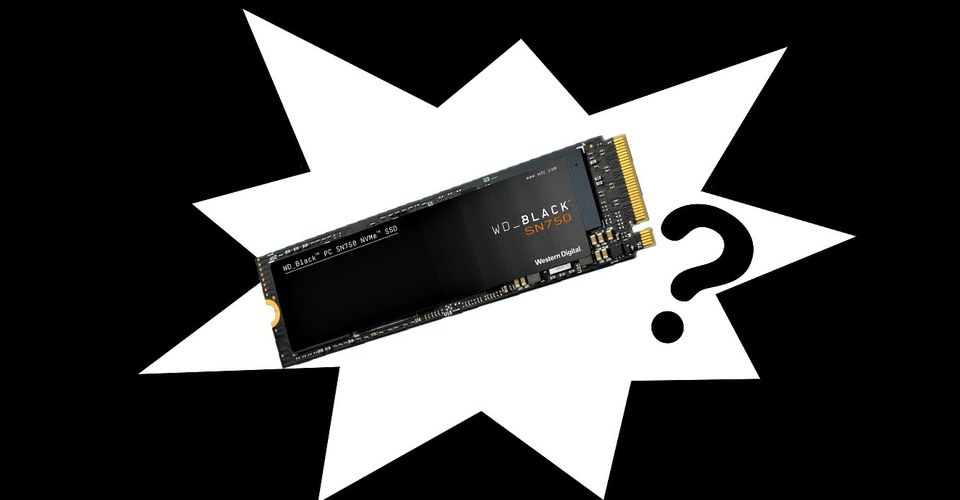What Does NVME Stand For? Non-Volatile Memory Explained

NVME sets the standard for digital storage by introducing a wealth of improvements over older, much clunkier hard drives. Otherwise known as Non-Volatile Memory Express, storage drives under this specification are faster, lighter and overall better than typical memory drives, but they might not be as accessible for everyone just yet. Having an excellent storage drive is becoming essential nowadays, whether it’s for productivity or leisure.
When it comes to storing digital files, one of the most ubiquitous form factors is that of mechanical hard disk drives or HDD. These sizable digital memory containers can store up to 16-terabytes of data and transfer files at over 150 megabytes per second. However, despite being quite hefty, HDDs can be pretty fragile, given that they read and write data using physically moving actuator arms. This not only makes it noisy during operation, but it can also malfunction if the storage enclosure itself takes a beating. Fortunately, HDDs have been succeeded by storage devices known as Solid State Drives or SSDs. It provides higher read/write speeds of over 500mbps and storage capacities of up to 100TB, but it is also more durable, consumes less energy, and is silent due to its lack of moving parts. This makes it perfect for gaming, video editing and media consumption.
While regular external SSDs can be impressive, another standard known as Non-Volatile Memory Express can deliver even better results. According to Intel, among the companies responsible for developing the standard, NVME storage gives a slew of benefits over traditional HDDs or SSDs. For example, unlike SATA SSD or HDD drives connected via cables, NVME storage cards usually come in the form of lightweight chip strips that are mainly attached internally, straight to a computer’s motherboard, providing less latency and faster speeds in the process. This makes SSDs utilizing the NVME standard more compact, as well as being up to six to 13 times faster than typical SSDs using SATA connection, delivering speeds upwards of 2Gbps, which translates to shorter game loading times and operating system boot-ups, among others.
Pros And Cons Of NVMe Storage Drives

NVME memory drives are also more energy-efficient than SSDs and HDDs that still utilize SATA connection, coming with various power management modes that significantly extend battery life or consume less power. In fact, NVME storage isn’t just used in computers. They’re also found in smartphones like Apple’s iPhone and Samsung Galaxy series, to name a few. However, those who want to upgrade their PC’s storage to NVME standards might not be able to do so as some set-ups can be pretty restrictive.
Most NVME storage utilizes an M.2 or PCI Express slot connection, which might make them incompatible for specific desktop set-ups. Although there are NVME SSDs compatible with game consoles like the Play Station 5, not all of them are universally interchangeable. For example, a slot that accepts M.2 memory expansion drives doesn’t automatically mean it can also accommodate NVME storage cards using an mSATA connection, as their ends are differently shaped. This makes adapting the better technological standard less accessible until more NVME SSDs that utilize connectivity beyond PCIe become more readily available.
Sources: Intel, NVMExpress
About The Author


















